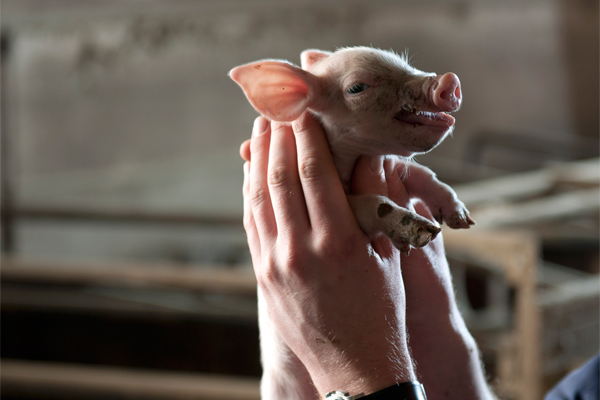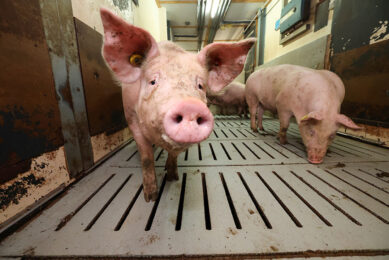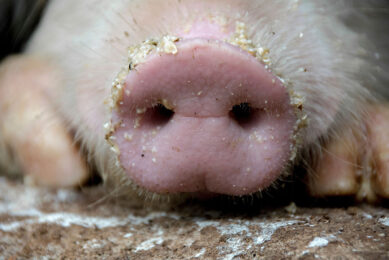Piglet brain to model for human research

A new online tool will further aid studies into postnatal brain growth in human infants based on the similarities seen in the development of the piglet brain.
The new online tool has been developed by researchers at the University of Illinois and will further aid studies into postnatal brain growth in human infants based on the similarities seen in the development of the piglet brain. The researchers have developed a magnetic resonance imaging (MRI) based brain atlas for the four-week old piglet that offers a three-dimensional averaged brain and anatomical regions of interest.
This averaged brain atlas, created from images from multiple piglets, will serve as a template for future studies using advanced MRI techniques that can provide important information on brain macro- and microstructure during this critical period of development. The template, as well as tissue probability maps that were also created, are available online and are freely distributed.
“Much of the research on the effects of pre- and postnatal factors on infant brain development has been done in rodent models, but the rodent brain develops very differently. Therefore, the piglet can provide a complementary model wherein results better translate to humans,” Rod Johnson, professor of animal sciences said.
The model will be used to look at the effects of iron deficiency on brain development, the effects of postnatal infections, such as pneumonia, on brain development and maternal viral infection during pregnancy.
Join 18,000+ subscribers
Subscribe to our newsletter to stay updated about all the need-to-know content in the pigsector, three times a week. Beheer
Beheer










 WP Admin
WP Admin  Bewerk bericht
Bewerk bericht